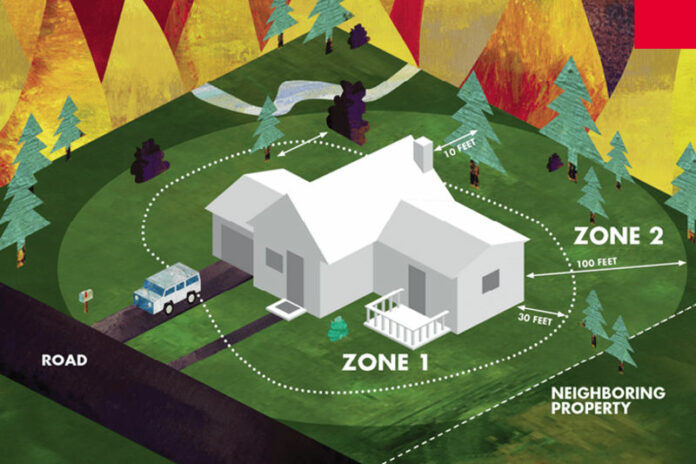Power company offers free assistance to customers
In an effort to support communities recovering from the October 2017 Northern California wildfires, Pacific Gas and Electric Company (PG&E) is offering its customers assistance in cutting down and hauling away larger wood from their property at no cost. Customers can now request wood removal for qualifying hazard trees PG&E cuts down near its power lines to help ensure public safety and protect its electric and gas infrastructure.
This is an opt-in program and customers’ trees must qualify for the service. PG&E expects to cut down as many as 25,000 hazard trees in the fire-impacted areas throughout its service area.
“Safety is our top priority for everyone at PG&E every day, and that’s why we’re working to remove hazard trees around our power lines,” said Kevin Dasso, PG&E vice president of asset management. “We know that the wood will pile up, increasing the fuel around homeowners’ properties. This no-cost assistance is one of the ways we are helping our communities recover as quickly as possible.”
The Wildfire Wood Management Program is designed to assist customers in recovery by removing large wood. In order to qualify: wood must be easily accessible by equipment or machinery; be larger than four inches in diameter and six feet long; and, wood must be within 50 feet of a permanent structure or have the ability to impede traffic, roll into roads, road drainage structures or watercourses.
Customers who would like to opt-in can call 1-800-743-5000 to schedule an inspection. This opt-in program is only available for trees PG&E contract tree crews cut down. PG&E expects to have the wood removal program work completed within three months. PG&E contractors will haul away and dispose of the wood. The wood being removed from fire-impacted areas is generally not commercially viable. PG&E’s contractors will determine any potential end-uses.
Wood and debris that is less than four inches in diameter does not qualify for this program. As with its normal practice, PG&E will clean up debris it cuts either by chipping or lopping and spreading according to forestry best-management practices.
— Submitted by PG&E
76.8
F
Healdsburg
April 21, 2025









